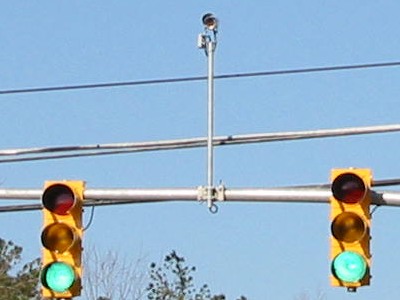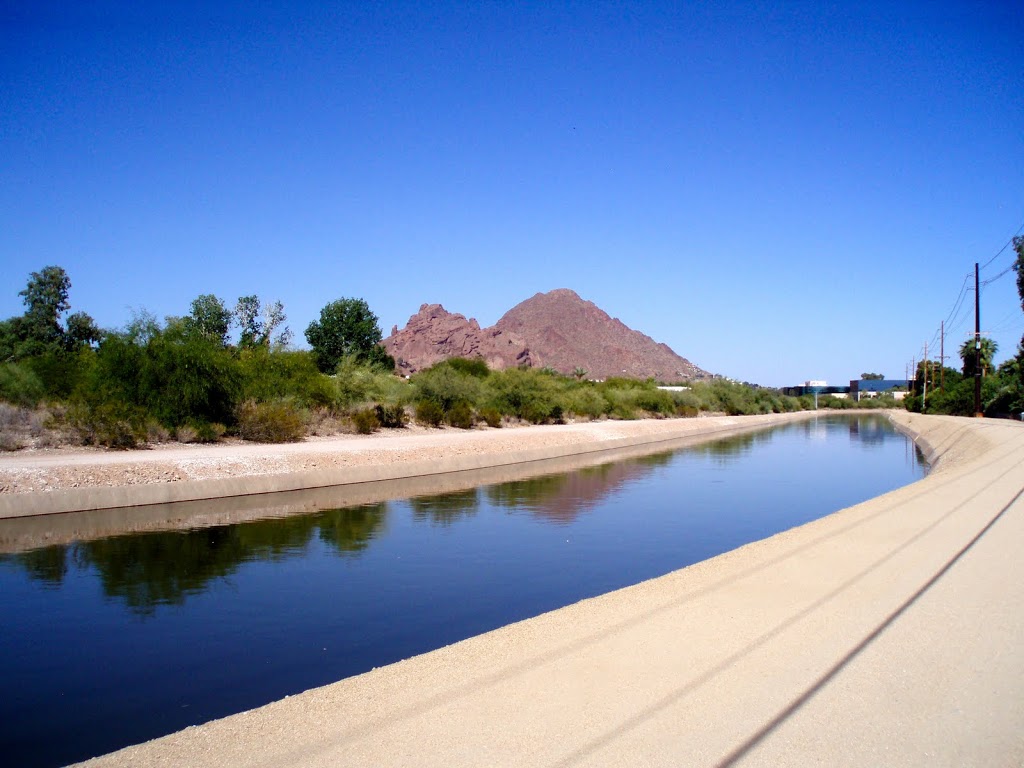Last week CAZBike prez Bob Beane, along with Global Bikes co-owner Brandee Lepak, and PortaPedal’s Al Capello attended LAB’s 2014 National Bike Summit in Washington D.C…
AZ meetings on The Hill
Visited all 9 Representative offices and Senator Flake’s. We could not get an appointment in McCain’s office, but we will try to do that here in Phoenix within the next 7-14 days.
 Of the 10 office visits, we had 5 actual meeting to discuss the bills. Nobody flat out turned us down, but nobody committed to either sponsor or vote for them, and all committed to presenting key points to their Senator/Representative.
Of the 10 office visits, we had 5 actual meeting to discuss the bills. Nobody flat out turned us down, but nobody committed to either sponsor or vote for them, and all committed to presenting key points to their Senator/Representative.
Interestingly, we found out that Kyrsten Sinema is a triathlete and was actually at Brandee Lepak’s Global Bikes shop back here in AZ the week before our visit to kick-off an event. Here are the people we met and with whom we discussed the bills and bicyclist concerns anywhere from 5-20 minutes:
- Senator Jeff Flake’s Office – Michael Nelson, Legislative Correspondent.
- Representative Matt Salmon’s Office –Lliam Norrison, Legislative Assistant
- Representative Kyrsten Sinema’s Office – Michael Brownlie, Legislative Director
- Representative David Schweikert’s Office – Beau Brunson, Legislative Director
- Representative Paul Gosar’s Office – Trevor Pearson, Legislative Aide
I believe that the consensus of the three of us who made these visits is that we have a lot of work to do in AZ aligning support from tourism, business and healthcare in order to make political gains. We believe that this, combined with more frequent visits to Congressional offices and, better yet, asking these folks to attend bicycling events (as honored guests) is how we will make progress toward more support for more favorable treatment in federal legislation and budgets.
We believe that the cities in Arizona are on board (we have 9 BFCs and two honorable mentions, which represent most of the largest communities in the state). It is the state legislature, federal representatives and ADOT that need more impetus to change. The Summit was helpful in prioritizing opportunities for our limited resources.
Monday, March 3 Sessions
Keynote Speakers – Phillip Darnton, Executive Director, Bicycle Association of Great Britain, and Andy Clarke, President, League of American Bicyclists
How to be successful in bicycling advocacy…
- Focus programs
- Work with the willing (rather than wasting energy on those who are not)
- Talk to people who want to listen
Keys to success
- Get a mayor (and city council or county supervisor) on board (most successes come from local leaders of change)
- Continuity of effort and communication
- Work on building resources: People, organizations, sources of funding, etc.
- Emphasize route networks and connectivity (broken and incomplete routes/networks don’t encourage people to ride)
- Have a long term strategy/plan/goal to provide a framework for shorter term projects and “asks” and to help maintain priority perspective
- Train children to ride at ages 8-12. This is the critical time when persons incorporate bicycling into their lives…or not
- Women need to feel safe bicycling…they determine whether children ride, or not, which affects the next generation’s view of bicycling
Tuesday, March 4 Sessions
Opening Plenary Mayor’s Perceptions on Bicycling: Benefits, Challenges and Opportunities
Panelists included Representative Earl Blumenauer (D-OR), Representative Albio Sires (D-NJ), Texas Senator Rodney Ellis and Pittsburgh Mayor, Bill Peduto
- Mayors can be a major ally as they are highly motivated to have vibrant, economically successful communities
- Developers are also interested…car parking lowers return on investment of real estate projects. Bike-in and walk-in retail is economically attractive
- Advocate for “multi-modal” and “quality of life”…the “one less car” approach is a losing argument and doesn’t win supporters
- We are facing a likely 30% cut in transportation funding over the next 10 years…it’s more important than ever to build alliances (other modes, health care organizations, retailers, community planners, developers, etc.)
- The country needs a national bike strategy/policy framework…be a part of developing and supporting that
March 4, 9:30 am breakout sessions Rural State Success Stories
Improving bicycling in “Rural” states often requires different strategies and tactics than in more urban areas…
Panelists: Dick Norford, Executive Director, Bicycle South Central Pennsylvania Shane Marshall, Deputy Director, Utah DOT Melinda Barnes, Executive Director, Bike Walk Montana Martin Shukert, RDG Planning and Design
- Solicit community priorities and opinions, first, to see where support might come from. Then, look for projects that can tap into that support.
- In smaller communities, identify key destinations first (library, community/retail center, schools) then explore connecting route options (e.g Hay Kansas Bicycle Master Plan)
- Pick a project that is grant-eligible and pursue a specific goal (e.g. a trail-building grant from the Alliance for Biking and Walking for a Montana trail project to a local lake)
- Engage local businesses and tourism officials in support for projects that will draw visitors and economic benefit (e.g. In Utah, this developed broad support for a DOT shift to an “active transportation” policy that supports bicycling infrastructure INCLUDING off-road paths in some areas)
- Emphasize “quality of life” benefits that support tourism and property values
- Work through others (e.g. engaged with a mountain bike group to connect with an effort to provide MTB access for inner city kids…this created support for bicycling and related infrastructure funding)









